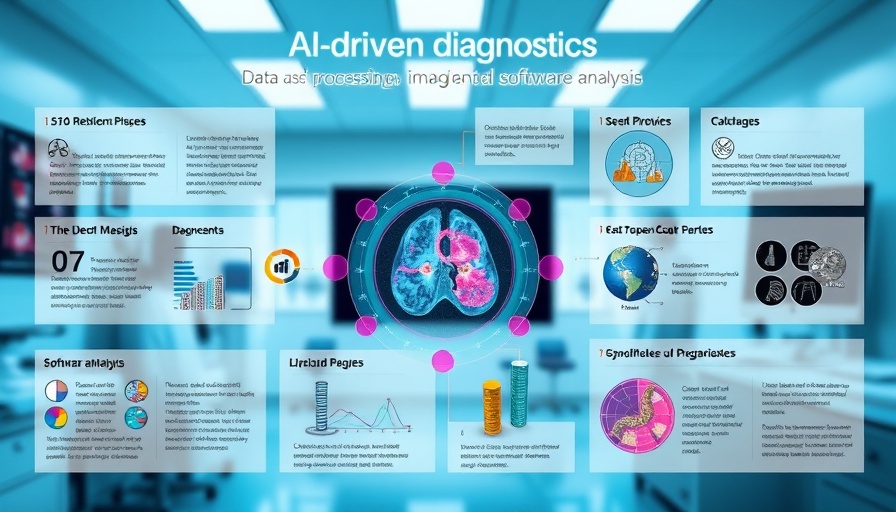
AI-Driven Support for Diagnosing Parkinson's Disease
In the medical field, accurate diagnosis is crucial, particularly for complex conditions like Parkinson's disease, which can be misdiagnosed in up to 50% of cases. Recent advances in artificial intelligence have introduced a machine learning software known as Automated Imaging Differentiation for Parkinsonism (AIDP), developed by researchers at the University of Florida. This innovative tool boasts an impressive accuracy rate of 96%, significantly improving upon existing diagnostic methods that range between 55% and 78% in accuracy during the initial years of assessing Parkinson's disease.
The Challenge of Accurate Diagnosis
Diagnosing Parkinson's disease presents unique challenges, as it shares overlapping symptoms with several related disorders including multiple system atrophy and progressive supranuclear palsy. These similarities can confuse even seasoned neurologists, leading to potential misdiagnosis. The introduction of AIDP aims to alleviate these issues by providing a sophisticated analysis of brain imaging, using MRI scans obtained from standard 3 Tesla scanners, which are widely available in medical facilities.
How AIDP Works: A Technological Marvel
AIDP functions through a secure and streamlined cloud-based integration, allowing practitioners to upload diffusion-weighted MRI scans in DICOM format. Using an application programming interface (API), the software analyzes the images through advanced machine learning algorithms and generates a diagnostic report. This rapid analysis aids neurologists by offering a more precise differentiation among various parkinsonian conditions, thus enhancing the quality of care for patients.
Expected Future Trends in AI-Diagnostics
As AI technologies like AIDP evolve, we can anticipate a broader trend towards incorporating machine learning into diagnostic processes across multiple medical fields. This transition is not just about convenience; it embodies a paradigm shift towards more precise healthcare that could drastically reduce the time needed for diagnosis, improve treatment outcomes, and enhance patient trust in medical services. Furthermore, as technology continues to advance, the cost of these AI-driven solutions is expected to decrease, making them accessible to more healthcare facilities worldwide.
Broader Implications Beyond Parkinson's Disease
The implications of AIDP extend well beyond Parkinson’s disease. The machine learning frameworks employed in this software can potentially be adapted for diagnosing other neurological conditions and diseases across different medical specialties. As new datasets become available and algorithms are refined, the potential applications of AI in diagnostics could vastly improve health outcomes globally, allowing for individualized medicine that takes into account the unique characteristics of each patient.
Conclusion: Embracing AI in Healthcare
The launch of AIDP signifies a crucial milestone in the adoption of AI in healthcare diagnostics. By improving diagnostic accuracy and reducing misdiagnosis, AIDP not only stands to enhance patient outcomes but also revolutionize the way neurologists approach the complexities of movement disorders. As we look to the future, the integration of artificial intelligence within healthcare practices promises a new era where technology and human expertise harmoniously coexist to deliver exemplary care.
 Add Row
Add Row  Add
Add 




Write A Comment